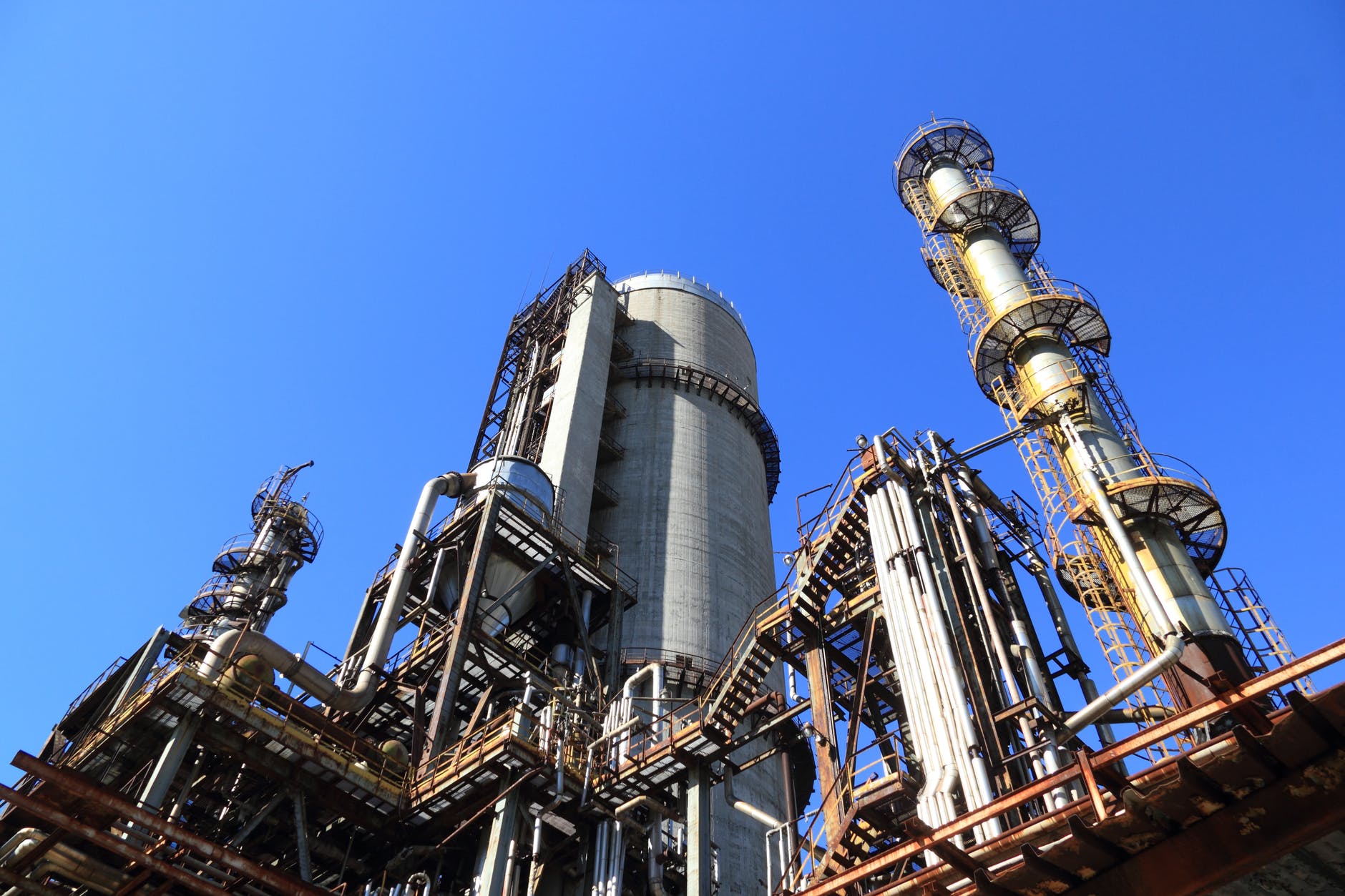In June 2019, a mammoth explosion ripped through the largest oil refinery on the East Coast. The explosion, which left five workers injured, caused more than 5,000 pounds of hydrofluoric acid (which has been linked to severe burns, respiratory distress, and blindness) to be released into the air. Now, more than a year later, the near-disaster that shook the greater Philadelphia community is once again making headlines as the catastrophe’s impact on air quality is being re-examined. While freak occurrences like the oil refinery blast are few and far between, the greatest of care has to be taken to preserve not only human life, but the environment as well.
Injuries occurred and lay-offs ensued
The injuries sustained by the refinery workers ranged from smoke inhalation and minor burns to soft tissue damage and lacerations. Any lawyer for industrial accidents will make the case that a worker has the right to be protected from any type of industrial accident. If negligence is found to be the cause of the accident, the injured parties may receive substantial damages. According to a report issued by the U.S. Chemical Safety and Hazard Investigation Board, the explosion was caused by a faulty pipe. Apart from the injuries sustained during the explosion, nearly 1,000 workers lost their jobs due to the refinery permanently closing down after the accident.
A clean-air phenomenon
One of the explosions that shook the refinery was so big that the National Weather Service satellite captured images of the fiery ball from space. Strangely enough, the federal air quality index (AQI) score for the region on the day showed not a single irregularity. In fact, city officials assured residents that the air was safe to breathe, despite the mammoth amount of hydrofluoric acid that was released into the atmosphere. According to Professor Peter DeCarlo from Johns Hopkins University, it was absurd to think that the explosion had no impact on air quality. What is highlighted, however, is the degree to which the U.S. air pollution monitoring system has failed to deliver even rudimentary accurate reporting.
A very flawed monitoring system
Reuters found that the government’s network of more than 3,900 air pollution monitoring devices across the country frequently failed to detect large-scale toxic releases as well as day-to-day pollution threats. An example of this is the fact that ten of the largest refinery explosion from the last ten years went completely undetected by the network, despite thousands of people ending up in hospital as a result of the toxic emissions. It was later found that, on the day of the Philadelphia refinery explosion, the nearest EPA monitor was not in operation as it was set to only take readings every six days. The EPA declined to comment on the allegations against them, although academics maintain that the long-term impact of the explosion will manifest for years to come.
Although the direct impact of the explosion cannot be ignored, the long term effect of the compromised air quality may be of greater concern. As the EPA system failure poses a considerable public health risk, a concerted effort will have to be made to implement more effective systems in the near future.

